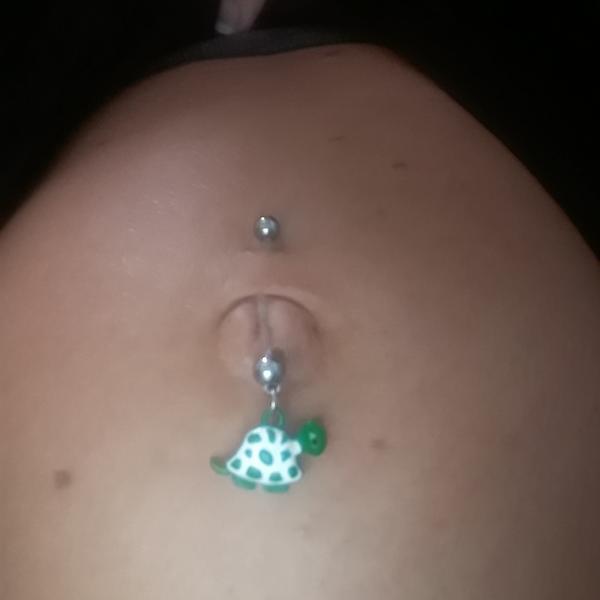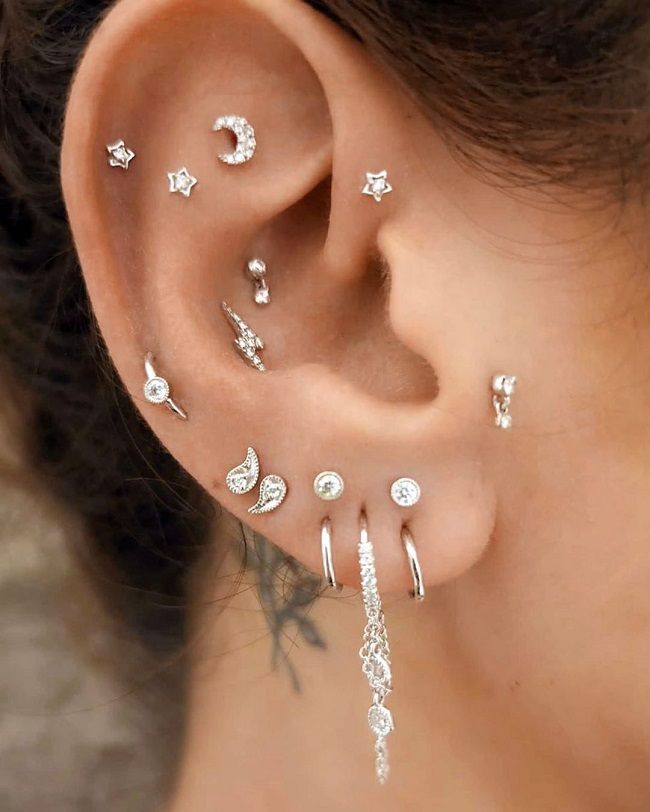The 10 Nose Piercing Types
The truth is that your entire body can be made into a canvas if you’re always looking for more jewelry. Piercing is possible in everything from your lips to your lobes, and even your belly button. There are many types of nose piercings you can get besides just your traditional nostril studs. The nose is one of the most popular body art spots, of course.
Piercing the nose has a long and fascinating history. Different civilizations have performed it over the centuries. As a matter of fact, the size and color of jewelry worn in nostril piercings were often linked with wealth in African and Middle Eastern tribes, and nose rings were sometimes given as gifts by husbands to new brides as a sign of protection. The septum piercings and the ornamentation that adorned them were status symbols in South and Central American cultures as well. Over the last decade, nose piercing has begun to be identified with punk and fringe cultures.
In this article, we will read all that there is to know about nose piercing including its types, the aftercare that you must follow, and possible hazards. There is some extra valuable info too that you must read in case you are considering getting pinched!
The History of Nose Piercing Fashion
Several centuries ago, Leonardo Da Vinci, a renowned artist of his day, stated that the nose is the strongest feature on the face. Every one of those with pierced noses will agree with this statement. Piercings enhance the appearance of the nose and can make it appear more elegant. However, nostril piercings are especially attractive for women.
The history of nose piercing dates back thousands of years. The first records of the practice are from the Middle East. Genesis chapter 24verse 22 also mentions this in reference to Abraham’s gift of a golden earring to his daughter by law Rebekkah. To this day, there is still the tradition of nose piercing among some tribes in the world. There are many examples of this culture in the Middle East and Africa, such as the Bedouin, Beja, and Berber tribes. The ring represents money that the woman’s family has acquired over the years and can be used as a form of financial security should they separate.























